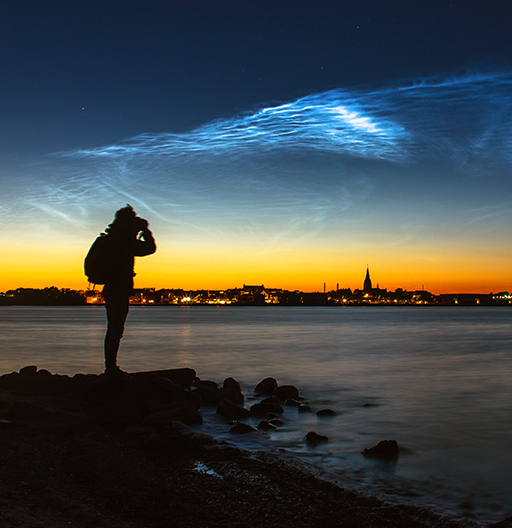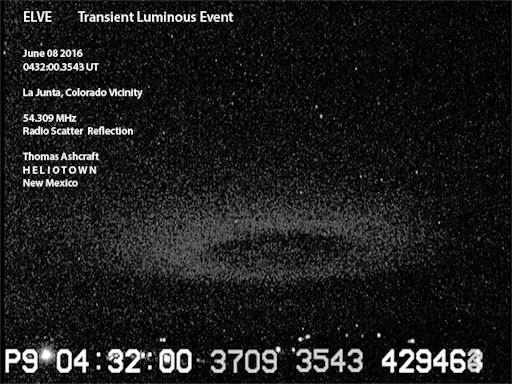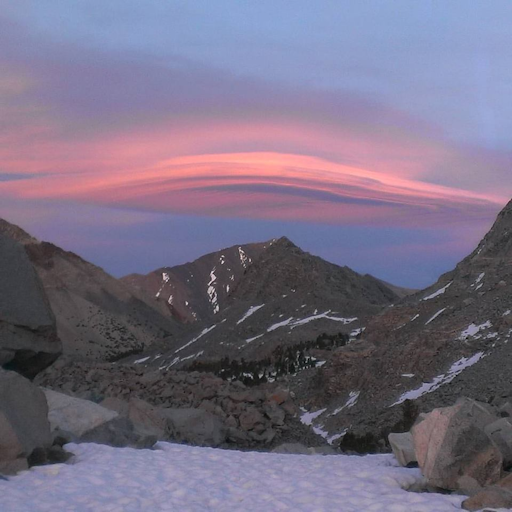

| Online: | |
| Visits: | |
| Stories: |

| Story Views | |
| Now: | |
| Last Hour: | |
| Last 24 Hours: | |
| Total: | |
Noctilucent Clouds, a Doughnut of Light over Denver, UFO Shaped Cloud over Mt. Tom California
Musings On The Finite Statist Machine
|
||
What’s up in space
It’s waiting for you: The most successful Aurora Photo Tour on Earth! 100% success rate 4 years in a row and winner of the TripAdvisor Certificate of Excellence Award. Join LapplandMedia’s aurora tours in Abisko, Swedish Lapland!
GEOMAGNETIC STORM: A moderate (G2-class) geomagnetic storm is underway on June 14th. High-latitude sky watchers should be alert for auroras, especially in the southern hemisphere where darkening autumn skies favor visibility of faint lights. Aurora alerts: text or voice
NOCTILUCENT OUTBURST: Yesterday, June 13th, observers in more than half a dozen European countries witnessed a brilliant apparition of noctilucent clouds. Ruslan Merzlyakov sends this picture from Nykøbing Mors, Denmark:
“Their brightness peaked from 00:50 to 1:20 and then, suddenly, they were almost gone,” says Merzlyakov, who recorded a video of the display.
Noctilucent clouds are a space weather phenomenon. They are seeded by meteoroids and hover 83 km above Earth’s surface at the threshold of space. Summer is the season for NLCs because, ironically, that is when the upper atmosphere is cold enough for ice crystals to form around meteoroids in the mesosphere.
Noctilucent clouds were first reported by Europeans in the late 1800s. In those days, you had to travel to latitudes well above 50o to see them. Now, however, NLCs are spreading. In recent years they have been sighted as far south as Colorado and Utah in the United States. Many researchers suspect this is a side-effect of climate change.
Observing tips: Look west 30 to 60 minutes after sunset when the Sun has dipped 6o to 16o below the horizon (diagram). If you see blue-white tendrils spreading across the sky, you may have spotted a noctilucent cloud.
DONUT OF LIGHT OVER COLORADO: On June 8th, high above a thunderstorm in Colorado, an enormous ring of light appeared near the edge of space. Amateur astronomer Thomas Ashcraft photographed the ‘donut’ using a low-light video camera. [AK note: doughnuts/toroids form in nature around energy transfers, see Marko Rodin's work]
“It only lasted about a millisecond,” says Ashcraft, “but it was definitely there. The ring was about 300 km wide,” he estimates.
This is an example of an ELVE (Emissions of Light and Very Low Frequency Perturbations due to Electromagnetic Pulse Sources). First seen by cameras on the space shuttle in 1990, ELVEs appear when a pulse of electromagnetic radiation from lightning propagates up toward space and hits the base of Earth’s ionosphere. A faint ring of light marks the broad ‘spot’ where the EMP hits.
ELVES often appear alongside red sprites. Indeed, Ashcraft’s camera caught a cluster of sprites leaping straight up through the middle of the donut. “Play the complete video to see the sprites,” says Ashcraft.
ELVEs are elusive–and that’s an understatement. Blinking in and out of existance in only 1/1000th of a second, they are completely invisible to the human eye. For comparison, red sprites tend to last for hundredths of a second and regular lightning can scintillate for a second or more. Their brevity explains why ELVEs are a more recent discovery than other lightning-related phenomenon.
Learn more about the history and physics of ELVEs here and here.
UFO-SHAPED CLOUDS: On the evening of June 9th, a spectacular array of UFO-shaped clouds appeared above California’s Eastern Sierra mountain range. The display was a sensation on social media as people in nearby valleys began posting pictures of the sunset-colored armada. One photographer, unlike the others, was in the mountains; ultrarunner Jeff Kozak of Bishop CA captured this edge-on view from 11,100 feet:
“I was topping out on Morgan Pass at sunset when I looked south to see what I thought was The Mothership hovering over Mt Tom!” says Kozak.
In fact, it was a lenticular cloud. Lenticular clouds form downwind of mountain ranges where the air organizes itself into starship-sized waves. Although they appear stationary, moist air is constantly moving through them, condensing at the apex of the wave. Wind sculpts the clouds into giant saucers and voilà–spaceships in the sky.
Source: http://americankabuki.blogspot.com/2016/06/noctilucent-clouds-doughnut-of-light.html





